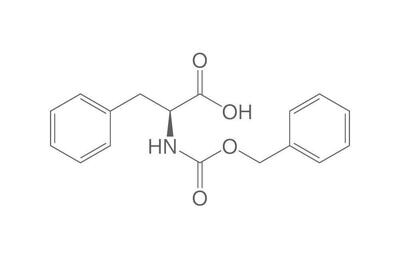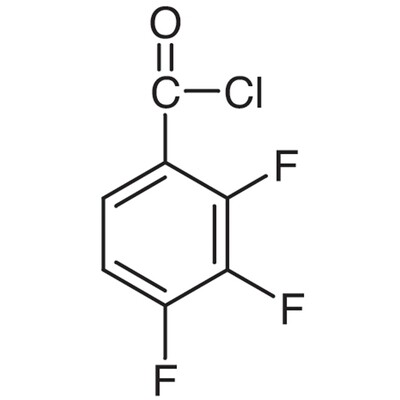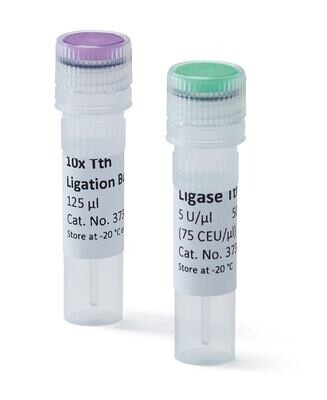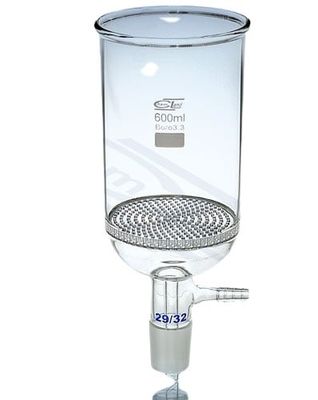ROTI®Pol TaqUltra, 200 µl, 5 x 40 µl
For PCR. Recombinant, heat stable DNA polymerases from the thermophilic bacteria Thermus aquaticus.
ROTI®Pol, the series of DNA polymerases is the optimal choice for all PCR cycling protocols, as being performed in, for instance, analysis of cloning efficiency, for gene fishing, in routine screening processes, educational assays and much more. In combination with our specially designed buffers, the ROTI®Pol DNA polymerases deliver specific and reproducible PCR amplification with a wide range of PCR templates.
ROTI®Pol TaqUltra 5 U/μl, DNA-free
Recombinant full-length form of the heat stable Taq DNA polymerase from the thermophilic bacterium Thermus aquaticus in storage buffer and tested on the absence of bacterial DNA. ROTI®Pol TaqUltra is recommended for use in PCR applications in general, or if bacterial DNA, or in RT-PCR, bacterial 16S rRNA shall be detected.
ROTI®Pol TaqUltra is purified using a multiple-step process that minimizes contaminating bacterial DNA to a none detectable level. Each lot of the polymerase undergoes strict quality control testing in order to ensure the absence of detectable amounts of contaminating bacterial DNA. ROTI®Pol TaqUltra is provided in a DNA-free storage buffer containing 50 % glycerol.
ROTI®Pol TaqUltra is able to amplify PCR products up to 3 kb and is appropriate for use in the amplification of DNA from eukaryotic as well as prokaryotic templates. The TaqUltra DNA polymerase possesses a 5’ → 3’ polymerase- as well as a 5’-3’ exonuclease activity, and generates a 3’dA (adenine)-overhang which may well be used for TA-cloning purposes.
| Toepassing | PCR of bacterial gDNA |
| Amplicon-einden | 3'dA |
| Polymerase | DNA free, ultra pure Taq polymerase |
| Toepassing | PCR of bacterial gDNA |
Enzyme: a neoclassical, Greek artificial word ενζυμου, énzymon, derived from εν-, en- (in-) and ζυμη, zýmé (yeast, sourdough, archaic)
Ferments: comes from the Latin fermentum (ferments, sourdough)
There are six classes in which all enzymes are classified according to the particular reaction they catalyse:
• Oxidoreductases (catalyse redox reactions)
• Transferases (transfer functional groups among substrates)
• Hydrolases (cleave bonds via addition of water)
• Lyases/Synthases (cleave or synthesise complex products out of basic substrates without cleavage of ATP)
• Isomerases (transform chemical isomers)
• Ligases/Synthetases (cleave or synthesise complex products out of basic substrates via cleavage of ATP)
| Purity (enzyme) | ≥98 % |
| Enzyme activity | 5 U/µl |
| Endonuclease activity | none detected |
| Exonuclease activity | none detected |
| Suitability for PCR (400 bp) | complies |
| Suitability for PCR (3 kb) | complies |
| Bacterial DNA (enzyme) | none detected |
| Selective specificity in PCR | complies |
| Stability (in storage buffer) | complies |

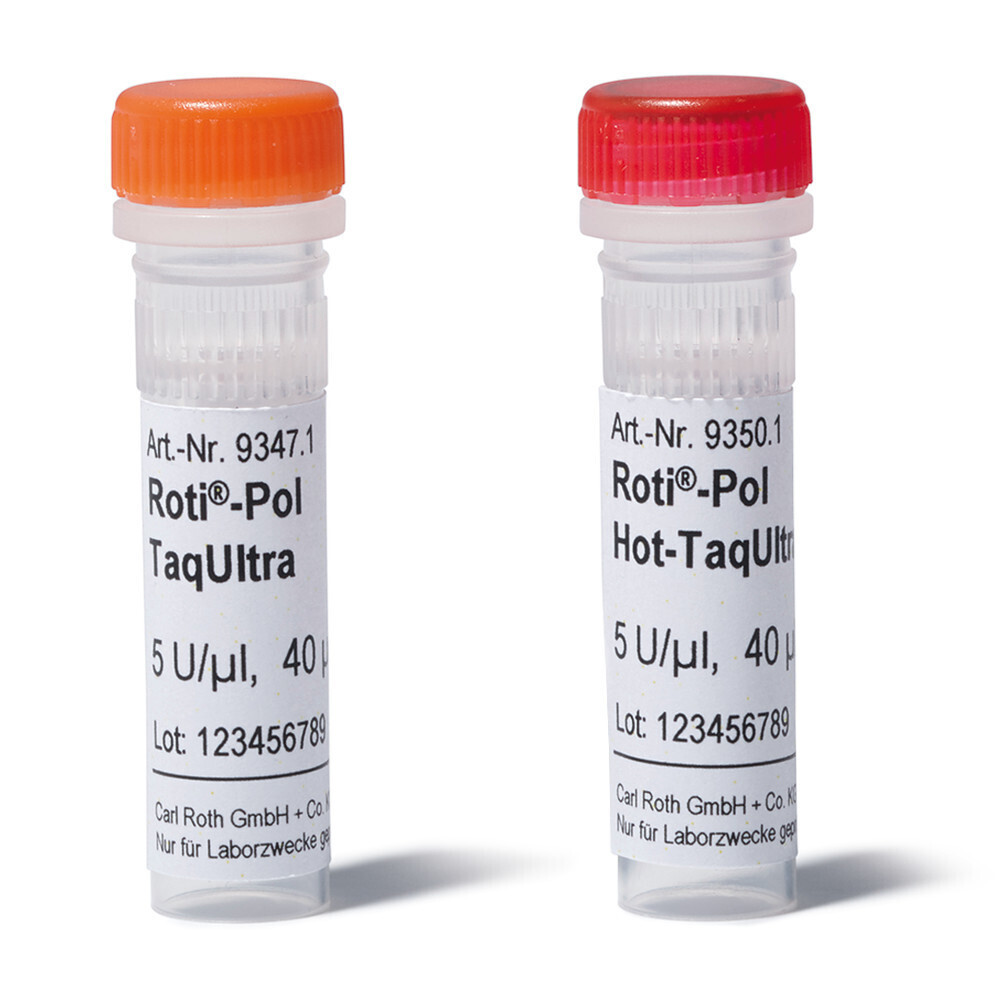


![(3-[4-(Trifluoromethyl)Phenyl]Phenyl)Sulfonylchloride, 95.0%, 250mg (3-[4-(Trifluoromethyl)Phenyl]Phenyl)Sulfonylchloride, 95.0%, 250mg](https://d2j6dbq0eux0bg.cloudfront.net/images/88473019/4762966508.png)
![Methyl 4'-formyl-[1,1'-biphenyl]-2-carboxylate, 95.0%, 250mg Methyl 4'-formyl-[1,1'-biphenyl]-2-carboxylate, 95.0%, 250mg](https://d2j6dbq0eux0bg.cloudfront.net/images/88473019/4780727105.png)

